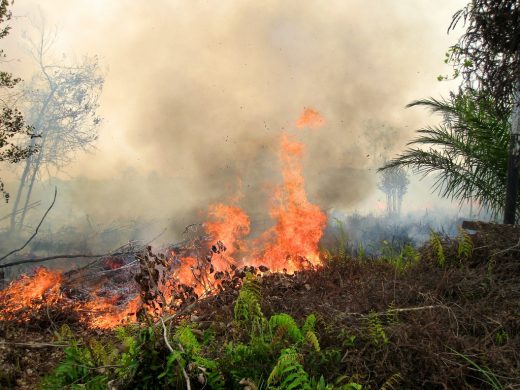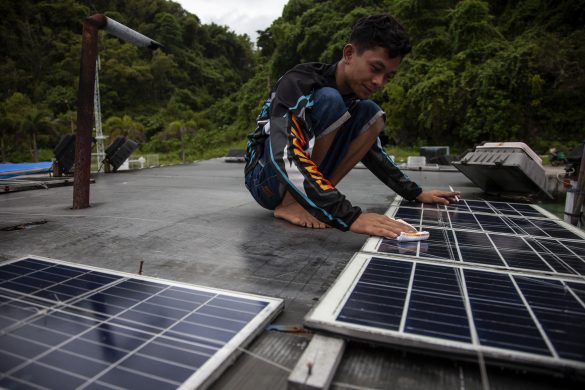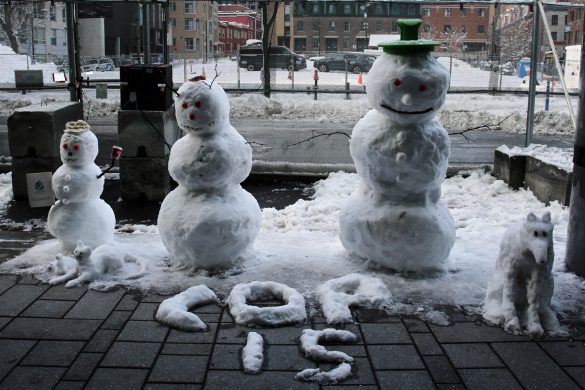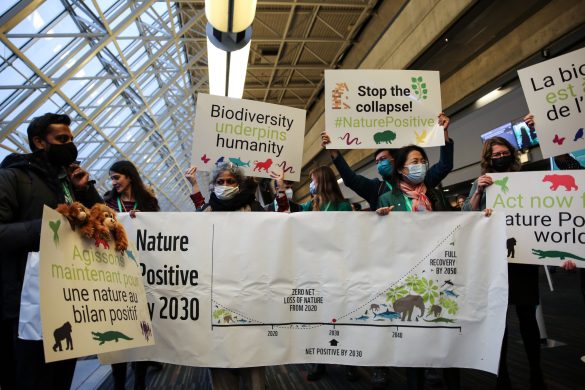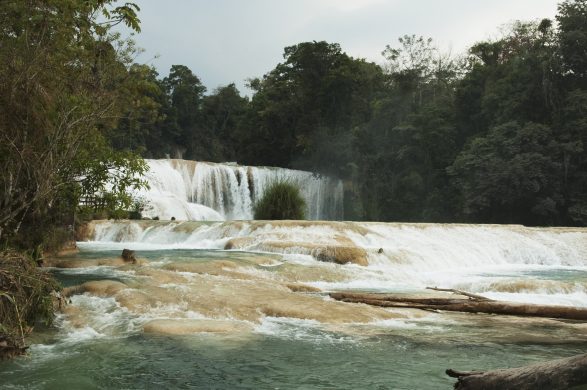JAKARTA, 6 November 2015 (CARE International): International humanitarian organization CARE is preparing to respond as more than 43 million people have been affected by a haze from fires burning across Indonesia.
Over 100,000 fires have been detected over the past months resulting from forest fires and the resulting burning of peatlands, which produced a dangerous haze that has blanketed parts of the country.
The Indonesian National Disaster Mitigation Agency (BNPB) reports that more than half a million people suffered from acute respiratory infection between July and October and 19 people died. The haze also affected neighbouring countries including Singapore, Malaysia, Thailand and the Philippines.
CARE is monitoring the situation and is preparing to work with local partners to support the Government of Indonesia in its emergency response if needed. These activities may include the distribution of masks for those living in heavily-affected regions coupled with equipping safe spaces for respite from the haze.
“While everyone living with the haze can be affected, we are particularly concerned about the impact on babies, the elderly and those already suffering from respiratory issues,” says Helen Vanwel, country director for CARE International Indonesia.
The fires have burned more than two million hectares of land across the country, the majority of which in Sumatra and Kalimantan islands. Six provinces with a combined population of 43 million people have been severely affected by the smoke.
The UN reports that the situation has been aggravated as a result of the El Niño weather phenomenon, which has created especially dry conditions across the island nation. The country is experiencing drought in 16 of 34 provinces, while 43 districts in eight provinces face extreme drought conditions. According to a study by the World Resources Institute, the daily emissions resulting from the fires exceed that of the daily output of the entire U.S. economy.
“Not only have these fires resulted in illness for more than half a million people, they emit millions of tons of carbon emissions,” says Vanwel. “We hope that the rains that have reached some parts of the country in recent days continue and reach other hotspots where fires still rage.”

